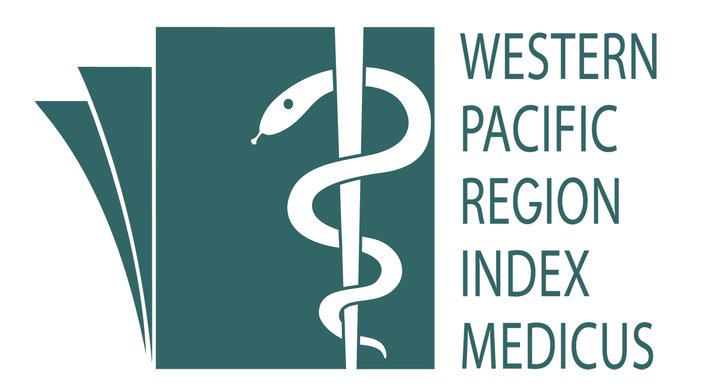Nutritional and Non-Communicable Disease (NCD) Status Association with Fall among Older Persons in Malaysia: Findings from National Health and Morbidity Survey (NHMS) Malaysia 2018
Abstract
Introduction
Fall is a health problem for older persons. This study investigates the potential factors of concern: the nutritional status of the elderly and non-communicable disease association with incidents of falls.
Methods and Materials
This study used data from NHMS 2018, a cross-sectional design, applied two-stage stratified cluster sampling. Descriptive statistics such as the percentage of each variable were done. Factors associated with falls were determined at both univariate and multivariable levels using simple logistic regression and multiple logistic regression. The data were presented as standard values for each analysis and adjusted odds ratios with 95% CI with p values (<0.05).
Results
A total of 3,867 from 3,977 elderly (mean age 68.2+ 6.85) were recruited with the response rate of 97.2%. Factors associated with fall were 70 years old and above (AOR= 1.34, 95% CI: 1.09, 1.64), obesity (AOR=1.55, 95% CI: 1.21, 1.98), undernutrition (AOR=1.59, 95% CI: 1.30, 1.94), persons with 2 NCDs (AOR=1.49, 95% CI: 1.15, 1.92) and persons with 3 NCDs (AOR=1.63, 95% CI: 1.23, 2.16).
Discussion and Conclusion
Advanced age, malnutrition, obesity, and having two or more NCD are associated with falls in the NHMS 2018 study. In conclusion, falls are prevalent among older persons. There is an urgent need for public health strategies to decrease the incidence and early identification of those at risk. Implementation of fall preventive programs can also significantly reduce falls among the elderly.
Published
How to Cite
Issue
Section
License
IJPHR applies the Creative Commons Attribution (CC BY) license to articles and other works we publish. If you submit your paper for publication by IJPHR, you agree to have the CC BY license applied to your work. Under this Open Access license, you as the author agree that anyone can reuse your article in whole or part for any purpose, for free, even for commercial purposes. Anyone may copy, distribute, or reuse the content as long as the author and original source are properly cited. This facilitates freedom in re-use and also ensures that IJPHR content can be mined without barriers for the needs of research.






